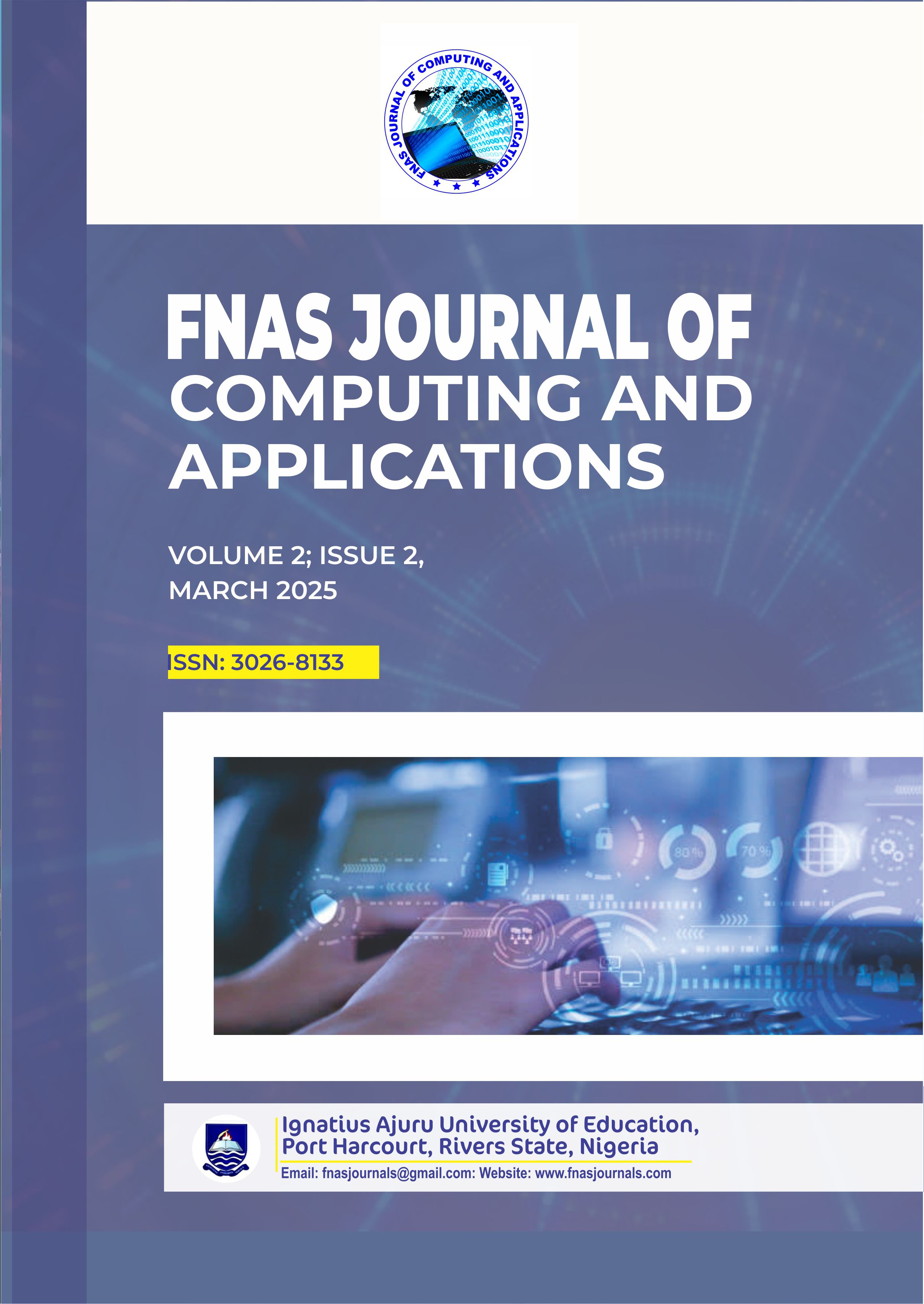A Framework for Early Detection of Agile Software Development Project Failures
Keywords:
Agile, Framework, Project Failure, Machine Learning, Software DevelopmentAbstract
In the realm of software development, the early identification of project failures is crucial for ensuring project success and minimizing risks. This study developed an early detection framework using various machine learning models to anticipate potential failures. Agile software projects were used for the study. The framework employed a range of machine learning models including decision tree, bagging classifier, weighted bagging classifier, random forest classifier, weighted random forest classifier, decision tree estimator, and bagging estimator. These models are trained and tested using a dataset comprising 13,238 observations from 12 different software companies, each with 15 variables relevant to project performance and outcomes. Initial training of the different models yielded promising results, with performance ranging between 45% to 55% accuracy during testing. Despite attempts to enhance the model's performance, including refinement of features and algorithms, there were no significant improvements observed. The evaluation results highlight the need for further refinement and optimization of the models used in the framework. In conclusion, while the decision tree classifier, bagging classifier, and random forest exhibited outstanding performance in the training results, the overall evaluation suggests that more work is required to improve the effectiveness of the early detection framework for Agile software project failures. Further research and refinement of the models are necessary to enhance accuracy and reliability in identifying potential project failures early in the Agile software development lifecycle.
References
Alonso, J. L., Belache, L., & Avresky, D. R. (2011). Predicting software anomalies using machine learning techniques, network computing and applications (NCA). 10th IEEE International Symposium on Software aging and rejuvenation.
Charette, R. N. (2005). Why Software Fails “Software Failure”. IEEE Spectrum, 42(9), Pp. 42-49.
Chillar, D., & Sharma, K., (2019). Proposed T-Model to Cover 4S Quality Metrics Based on an Empirical Study of the Root Cause of Software Failures. International Journal of Electrical & Computer Engineering, 9(2).
Dauda, I. A., Nuhu, B. K., Abubakar, J., Abdullahi, I. M., & Maliki, D. (2021). Software Failures : A Review of Causes and Solutions. ATBU Journal of Science Technology and Education (JOSTE), 9(1), 415–423.
Eberendu, A. C. (2015). Evaluation of software project failure and abandonment in tertiary institutions in Nigeria. Journal of Information and Knowledge Management, 5(4).
Ebubeogu, F. A., & Lee, S. P. (2017). Integrated approach to software defect prediction. IEEE Access, 5, 21524–21547. doi:10.1109/access.2017.2759180
Egbokhare, F. (2014). Causes of Software/Information Technology Project Failures in Nigerian Software Development Organizations, 7, 107-110.
Janssen, N. E. (2019). A machine learning proposal for predicting the success rate of IT-projects based on project metrics before initiation (Bachelor's thesis, University of Twente).
Nevendra, M., & Singh, P. (2021). Software defect prediction using deep learning. Springer International Journal on Deep Learning, 18(10), 173 – 189.
Osegi, E. N., Anireh, V. I., & Onukwugha, C. G. (2018). PCWoT-MOBILE: A collaborative web based platform for real time control in the smart space. iSTEAMS SMART-MIINDs Conference YABATECH, Lagos, Nigeria.
Peng, H., Li, B., Liu, X., Chen, J., & Ma, Y. (2015). An empirical study on software defect prediction with a Simplified metric set. Elsevier Journal of Information and Software Technology, 59, 170-190.
Sommerville, I. (2011). Software engineering 9th Edition. ISBN-10, 137035152, 18.
Zhang, L., & Suganthan, P. N. (2014). Random forests with ensemble of feature spaces. Pattern Recognition, 47(10),3429-3437.








